Prof. Maria Elena García Autino
From Discourse 13
“…And yet each evening, lazy flocks of weightless dragons rose high into the sky above the ships of the imperial fleet and hovered delicately above the water, above the enemy decks…”
– Jorge Luis Borges
The space that Discourse enables for the friends of kites all over the world is especially interesting because it allows us to also talk about our experiences in many different contexts. Trips, work with intercultural groups, workshops with children of isolated rural schools deep in Patagonia…. These topics have been covered — but this time I want to share a very special story about pirates, Argentine kites and literature.
I believe that kites offer a good opportunity to understand and to enjoy other cultures and other ways of seeing the world. Because of this, I would like to talk about the presence of the kite, a magical and wonderful object, in Argentine literature.
Although many references to kites exist in Latin American literature, I decided to select a beautiful example, of very significant authorship: Jorge Luis Borges.
Ching Shih, also known as Cheng I Sao, terrorized the China Sea in the early 19th century. A brilliant Cantonese female pirate, she is thought to have commanded 1,800 ships and more than 80,000 pirates — men, women, and even children. She challenged the world superpower empires of the time such as the British, Portuguese and the Qing dynasty. Undefeated, she would become one of China and Asia’s strongest female pirates, and one of world history’s most powerful female pirates. She was also one of the few pirate captains to retire from piracy.
In “A Universal History of Iniquity”, a collection of short stories, first published in 1935, Jorge Luis Borges, wrote fictionalized accounts of real criminals, such as the widow Ching, also known as “The Luster of True Instruction.”
The complete story can be found online (http://ow.ly/fpVQx) but I quote here the beautiful image of the kites of rice paper, floating on the water and the deck of the enemy sailboats, to the dusk and under the shining moon:
The Widow Ching — Pirate
by Jorge Luis Borges
…”And yet each evening, lazy flocks of weightless dragons rose high into the sky above the ships of the imperial fleet and hovered delicately above the water, above the enemy decks. These comet-like kites were airy constructions of rice paper and reed, and each silvery or red body2 bore the identical characters. The widow anxiously studied the flight of meteors, and in it read the confused and slowly told fable of a dragon that had always watched over the vixen, in spite of the vixen’s long ingratitude and constant crimes.
“The moon grew thin in the sky, and still the figures of rice paper and reed wrote the same story each evening, with almost imperceptible variations. The widow was troubled, and she brooded. When the moon grew fat in the sky and in the red-tinged water, the story seemed to be reaching its end. No one could predict whether infinite pardon or infinite punishment was to be let fall upon the vixen, yet the inevitable end, whichever it might be, was surely approaching.
“The widow understood. She threw her two swords into the river, knelt in the bottom of a boat, and ordered that she be taken to the flag- ship of the emperor’s fleet.
“It was evening; the sky was filled with dragons — this time, yellow ones. The widow murmured a single sentence, “The vixen seeks the dragon’s wing,” as she stepped aboard the ship.”…
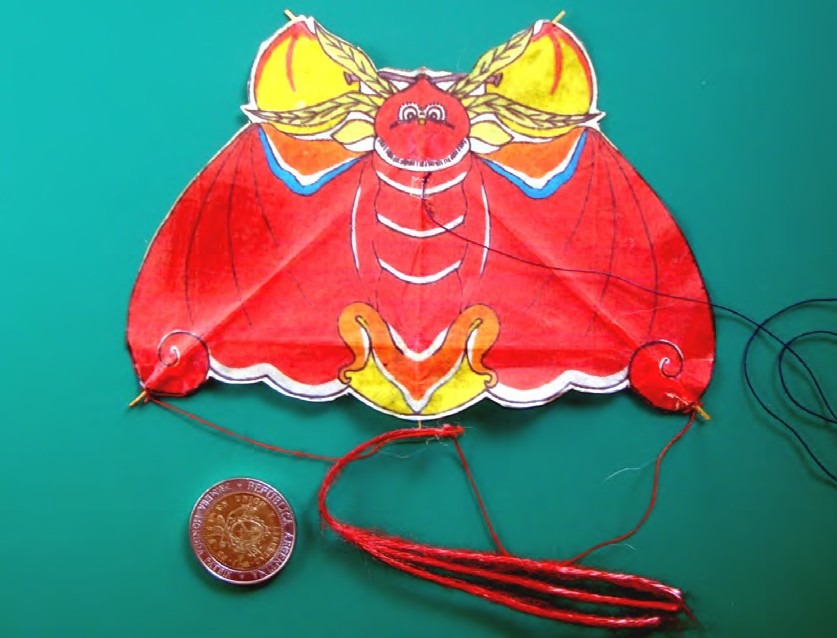
Claris Skoczdopole

Claris Skoczdopole
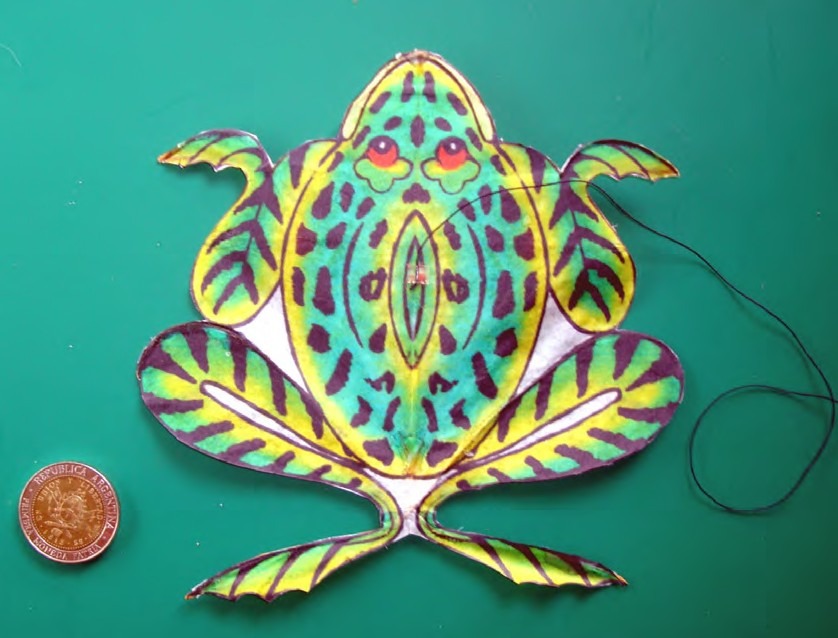
Claris Skoczdopole
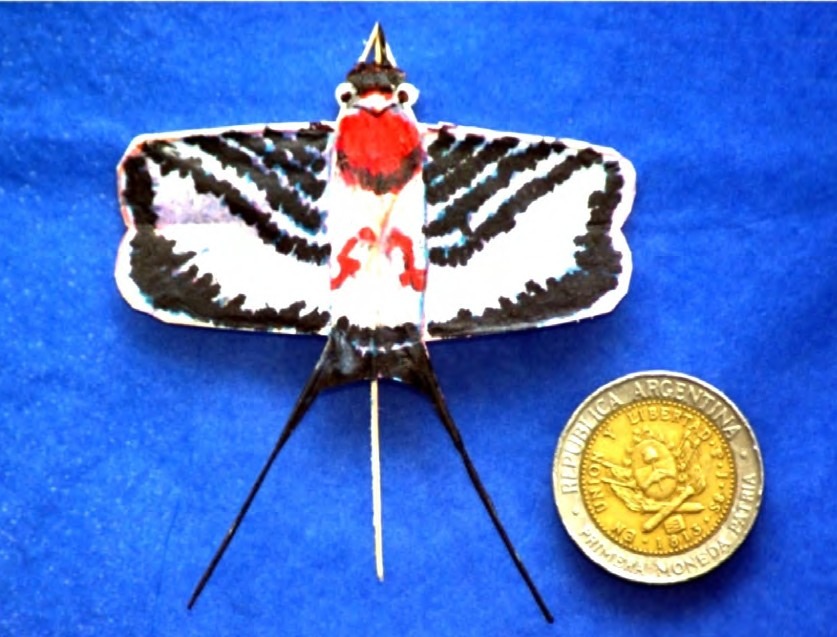
Claris Skoczdopole
One of the artists of the BaToCo group, Claris Skoczdopole makes gorgeous kites in the Chinese tradition. BaToCo is an Argentine non-profit dedicated to flying and building kites, and interacting with other kite groups around the world. Imagine these kites floating over the China Sea…
I hope you liked the story and the kites. There are many Argentine writers that told us about kites and kitemaking in Argentina. And I guess that all around the world there must be still more writers with beautiful kite stories. I hope we may share more of them soon.
Footnotes:
1 Argentine poet, essayist, and short-story writer, whose tales of fantasy and dream worlds are classics of the 20th-century world literature.
Borges was profoundly influenced by European culture, English literature, and such thinkers as George Berkeley, who argued that there is no material substance; the sensible world consists only of ideas, which exists for so long as they are perceived. Most of Borges’ tales embrace universal themes — the often recurring circular labyrinth can be seen as a metaphor of life or a riddle of which the theme is time.
http://www.kirjasto.sci.fi/jlborges.htm
2The color red represents the sun and the bird Fenix in China. It symbolizes good luck, animation, progress and beauty, that is to say, all things good. Gold was the color of Imperial China. In the story, the emperor becomes obsessed with donating dressing gowns of gold embroidered with a gold dragoon — the Imperial emblem.
The yellow indicates a sense of tolerance, patience and gained wisdom from past experiences. An old Chinese proverb says: With much tolerance, you will be able to obtain the best esteem (position).
References:
On Chinese kites:
http://chinakites.org/htm/fzls-gb.htm
http://chinakites.org/htm/ffz-gb.htm
http://www.travelchi-naguide.com/intro/arts/kites.htm
http://www.chinakite.com/maindoc/en/htm/chanpin/chuantong.htm
A wide and complete bibliography on Chinese kites: http://www.batoco.org/bibliotoco/cultura-china/
Kites by Dr. Claris Skoczdopole: http://www.facebook.com/clarisluis/photos
On Argentine kites: www.batoco.org
Jorge Luis Borges books: http://en.wikipedia.org/wiki/Jorge_Luis_Borges_bibliography
Ching Shih the Widow Ching, also known as Cheng I Sao: http://1.bp.blogspot.com/__8iVo2Wsqn0/S5xNe8jXbMI/AAAAAAAABfo/GC3pq0lM8Y/s400/chingshih.jpg
The complete story of The Widow Ching — Pirate by Jorge Luis Borges: http://ow.ly/fpVQx
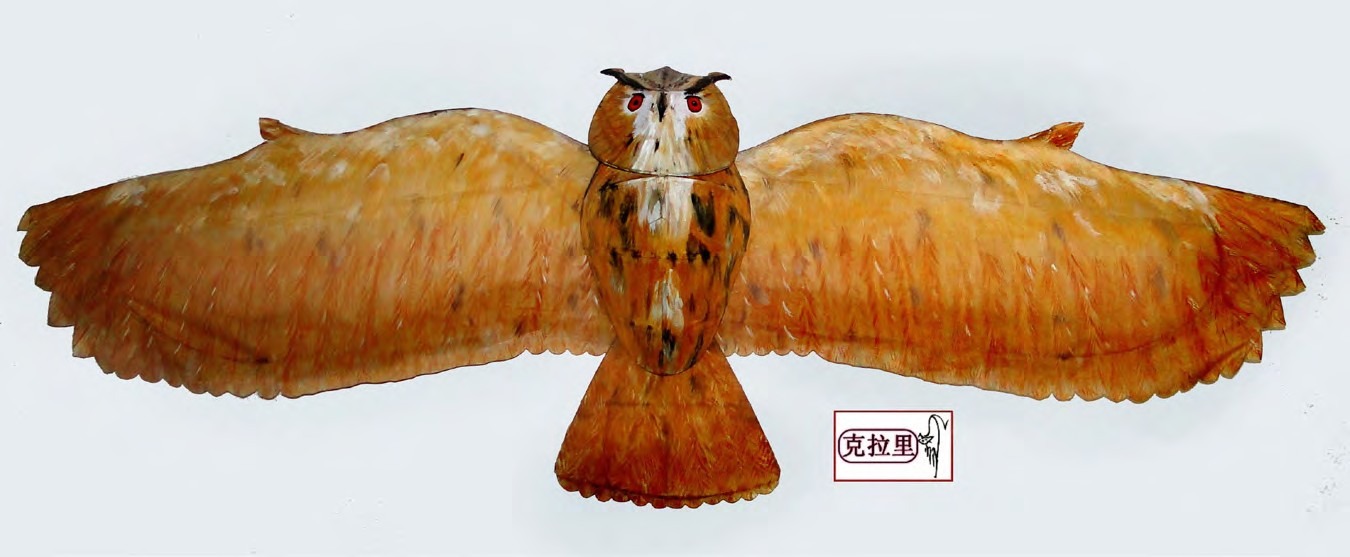
Claris Skoczdopole
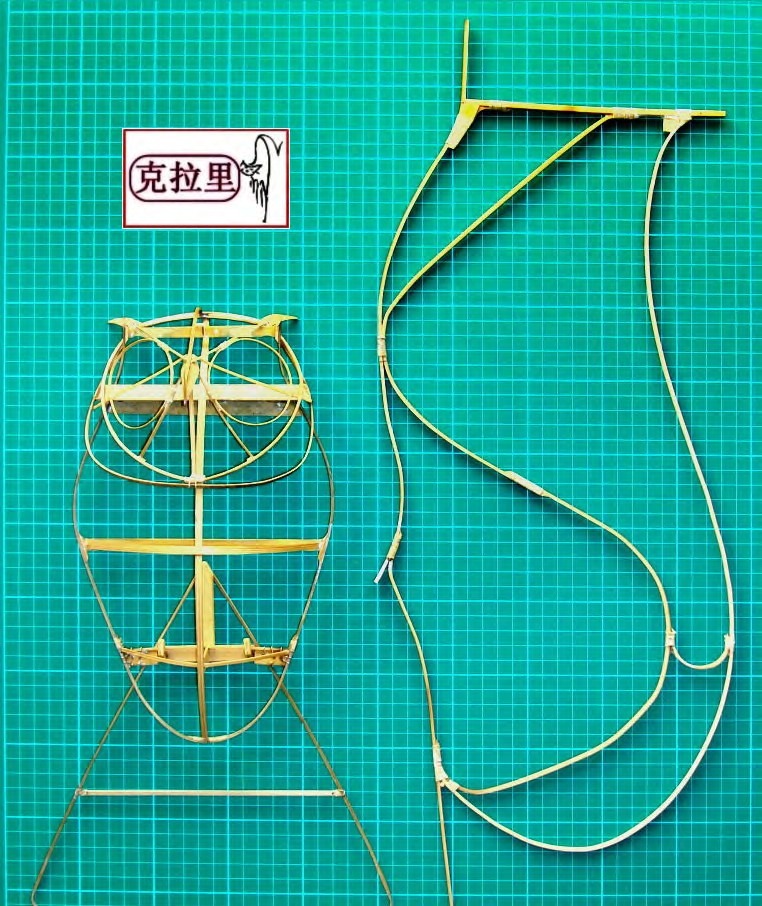
Claris Skoczdopole. A sample of the techniques of Chinese inspiration in the use of bamboo by the extraordinary Argentine kitemaker Claris Skoczdopole.

